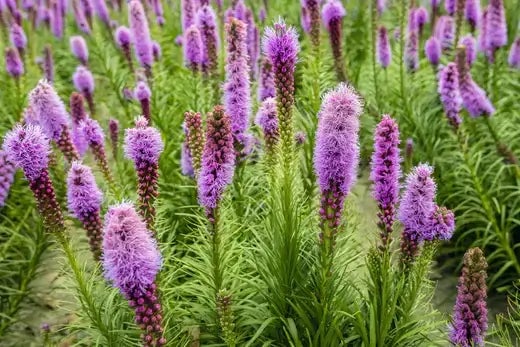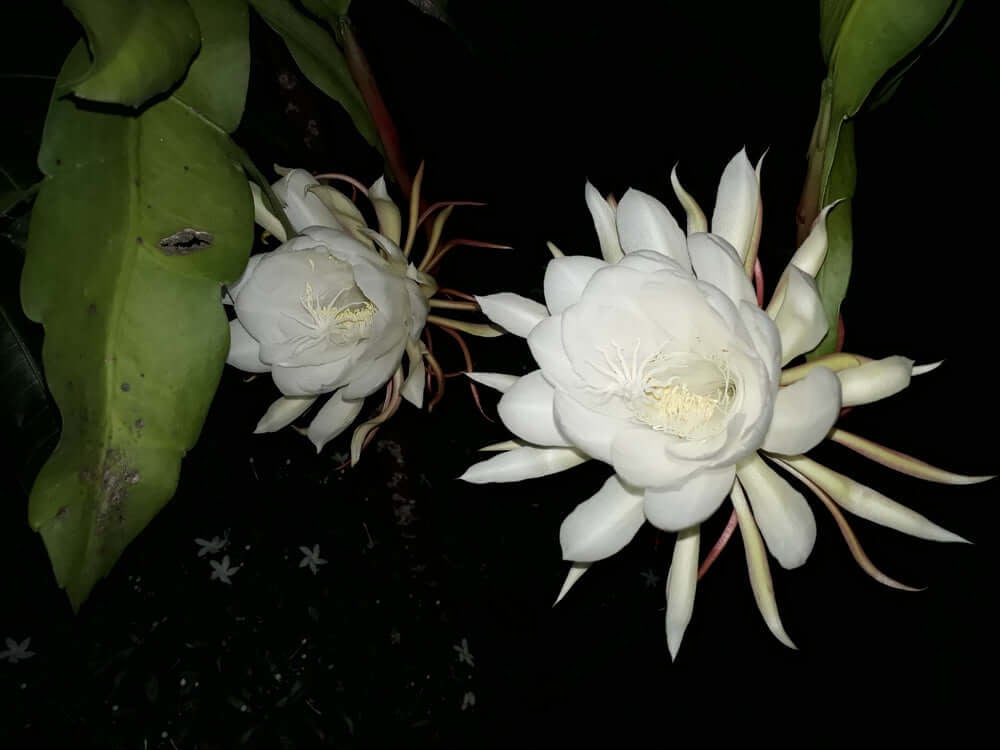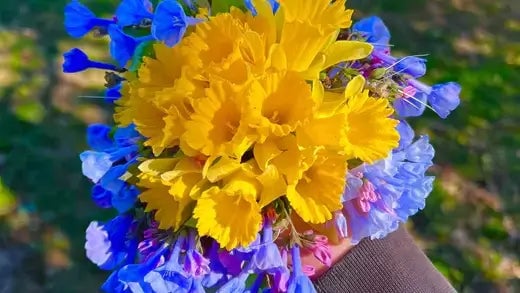A beautiful garden is not just a collection of plants; it is an artful composition that reflects the gardener's creativity, passion, and connection with nature.
Creating a beautiful garden involves careful planning, thoughtful design, proper plant selection, and ongoing maintenance. Whether you're a seasoned gardener or a beginner, this comprehensive guide will walk you through the steps to transform your outdoor space into a stunning oasis of colors, textures, and tranquility.
Design and Planning of a Garden Beautiful
Every masterpiece begins with a plan, and a garden is no exception. Before you start planting, take the time to envision your ideal garden. Consider the following aspects:
- Layout: Decide on the garden's design, including pathways, focal points, and different zones (e.g., flower beds, vegetable patches, seating areas).
- Style: Choose a garden style that resonates with you, whether formal, cottage, tropical, Japanese or a mix of several types.
- Functionality: Consider how you'll use the garden—entertaining, relaxing, gardening, or all of the above. Design spaces that cater to these activities.
- Focal Points: Create focal points using arches, gazebos, or water features to draw the eye and add interest.
- Color Palette: Decide on a color palette that harmonizes with the surroundings and evokes your desired mood.
Soil Preparation for garden
Healthy plants start with healthy soil. Test your soil's pH and composition to determine its fertility. Amend the soil with organic matter, such as compost or well-rotted manure, to improve its structure and nutrient content. Proper soil preparation ensures your plants have the best possible foundation for growth.
Plant Selection and Placement
Choosing the right plants is crucial for a beautiful garden. Consider the climate, sunlight availability, and soil conditions of your area. Opt for a mix of perennials, annuals, shrubs, and trees to provide year-round interest. Here are some tips for plant selection and placement:
- Variety: Include various plants to add texture, height variations, and visual interest.
- Layering: Arrange plants in layers, with taller plants in the back and shorter ones in the front. This creates depth and dimension.
- Grouping: Group plants with similar water and sunlight requirements together for easier maintenance.
- Seasonal Interest: Choose plants with different colors, textures, and bloom times throughout the seasons.
Planting Techniques
Proper planting techniques play a pivotal role in the success of your garden. Follow these steps to ensure healthy plant establishment:
- Digging Holes: Dig holes slightly larger than the plant's root ball. This gives the roots room to spread.
- Amending Soil: Mix in some compost with the backfill soil to provide an initial nutrient boost to the plant.
- Watering: Water the plant thoroughly after planting to settle the soil and eliminate air pockets around the roots.
Maintenance
A beautiful garden is an ongoing project that requires regular care and maintenance. Follow these guidelines to keep your garden looking its best:
- Watering: Provide consistent and appropriate watering to prevent under or over-watering. Consider using drip irrigation systems for efficient watering.
- Mulching: Apply a layer of mulch to retain soil moisture, suppress weeds, and improve soil structure.
- Pruning and Deadheading: Regularly prune plants to maintain their shape and remove dead or diseased growth—deadhead flowers to encourage continuous blooming.
- Fertilizing: Feed your plants with balanced fertilizers according to their specific needs. Avoid over-fertilization, which could lead to excessive growth and weak plants.
- Pest and Disease Management: Monitor your plants for signs of pests and diseases. Intervene promptly with organic remedies to prevent widespread infestations.
- Seasonal Care: Adjust your maintenance routine based on seasonal changes. Prepare your garden for winter by trimming back perennials and protecting delicate plants.
Personal Touches
Infuse your garden with personal touches that reflect your personality and create a sense of intimacy:
- Decorative Elements: Incorporate decorative elements like garden sculptures, ornamental benches, or hanging lanterns to add charm and character.
- Art and Color: Hang artwork or wind chimes, and use colorful accessories like cushions and outdoor rugs to bring vibrancy to the space.
- Seating Areas: Create cozy seating areas to relax and enjoy the fruits of your labor.
- Lighting: Install outdoor lighting to extend the usability of your garden into the evening hours and enhance its ambiance.
Creating a beautiful garden is an enriching journey that requires patience, creativity, and dedication. By following the steps outlined in this comprehensive guide, you'll be well on your way to cultivating a breathtaking outdoor sanctuary. Remember that a garden is a living canvas that evolves, so embrace the process and watch your vision bloom into a stunning reality. Whether you're cultivating vibrant flowers, lush foliage, or a mix of both, your garden will be visually captivating and a source of serenity and inspiration for years to come.
Building a Vibrant Flower Corridor in Your Garden
Constructing a flower corridor in your garden is an excellent method to incorporate vibrant colors and functionality into your outdoor area. An adequately designed flower corridor brings visual pleasure through continuous flowering, supporting key pollinators like bees and butterflies. Through strategic flower selection and layout design while maintaining regular care routines, your garden can flourish for both you and nature. This section provides essential considerations and practical strategies for creating an effective flower corridor in your garden.
Begin by choosing where the corridor will go by finding a path or border that crosses your garden. A walkway connects your patio to your backyard gate, or you have a strip of land that divides your lawn from a bordering fence. All linear spaces have the potential to become the base structure for a garden corridor. The chosen area must get enough sunlight to support the plant types you want to cultivate. Most flowering species require at least six hours of daylight to produce vibrant blooms that last, but partial shade supports growth for some species.
Select various flower species that will bloom from early spring until late fall during the growing season. Choose both early, mid-season, and late-blooming plant varieties for your garden. Begin your garden with spring bulbs like crocuses and tulips before moving on to summer perennials like coneflowers, zinnias, and snapdragons. Finish your growing season with vibrant autumn-blooming asters and chrysanthemums. It is feasible to integrate native plants because they thrive under local conditions and draw regional pollinators.
Preparing soil becomes essential when you remove weeds and mix in organic materials. Loosening the ground will promote strong root growth and better water drainage. Compost or well-rotted manure will provide your plants with vital nutrients and enhance stress resistance. Create a flat planting environment to achieve a uniform appearance throughout the corridor.
Aim for diverse plant heights, textures, and colors when you arrange your flowers. Plant the bushier plants at the corridor's rear while positioning shorter plants near the front. Layering plants produces maximum visibility while creating spatial depth. Achieve visual harmony by organizing plants into groups and using repeated color patterns throughout the planting area. By repeating design elements throughout your corridor, flowers appear thoughtfully arranged.
Water the newly planted area sincerely to support root establishment. Spread shredded leaves or straw as organic mulch to lock in moisture while preventing weed growth and slowly improving soil quality. During the entire season, you should check the flower corridor for any indications of pests or diseases. Tackle problems as soon as they arise by utilizing natural remedies, including insecticidal soaps and companion planting that ward off damaging pests.
You should deadhead spent blooms and prune leggy stems alongside debris removal to promote ongoing flowering and avoid fungal issues. Consistent maintenance work keeps the corridor both healthy and visually attractive. As time passes, you will likely find innovative plant mixes and color schemes to renew your garden design each season.
A well-planned flower corridor filled with diverse blooms thrives when soil health receives top priority. Experience seasonal transformations and attract pollinators to witness your garden path evolve into a vibrant, dynamic floral display.
Read more

Perennials Life Span Is Years Whereas Annuals Dies Every Fall After BloomingTN Nurseries best selling perennials1. Violets2. Trilliums3. Virginia bluebells4. Milkweed5. ConeflowerPerennials are pla...

As seasons come and go, especially in 2021, so do the flora and fauna that flourish in different parts of the world. We have enjoyed a bounty of plant varieties we have created in our homes and bac...


